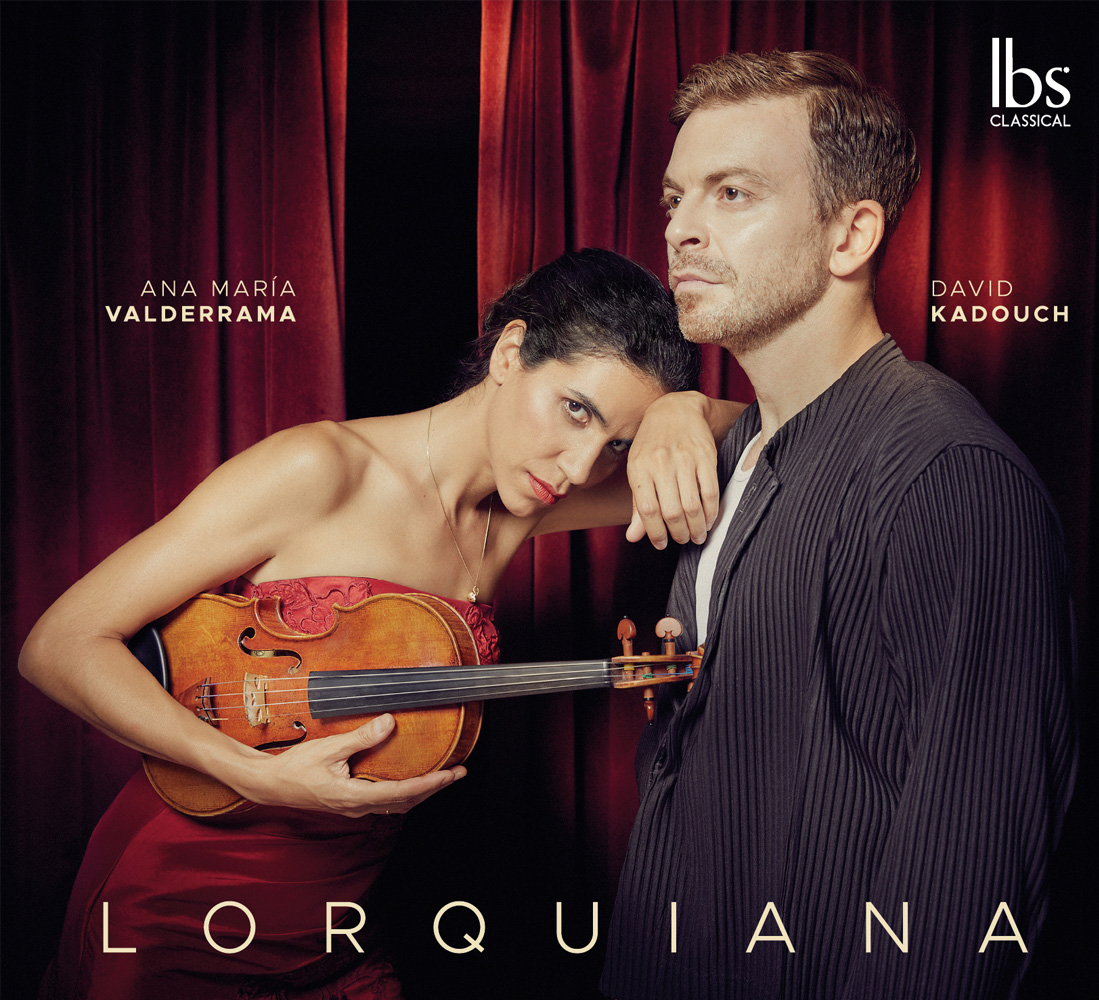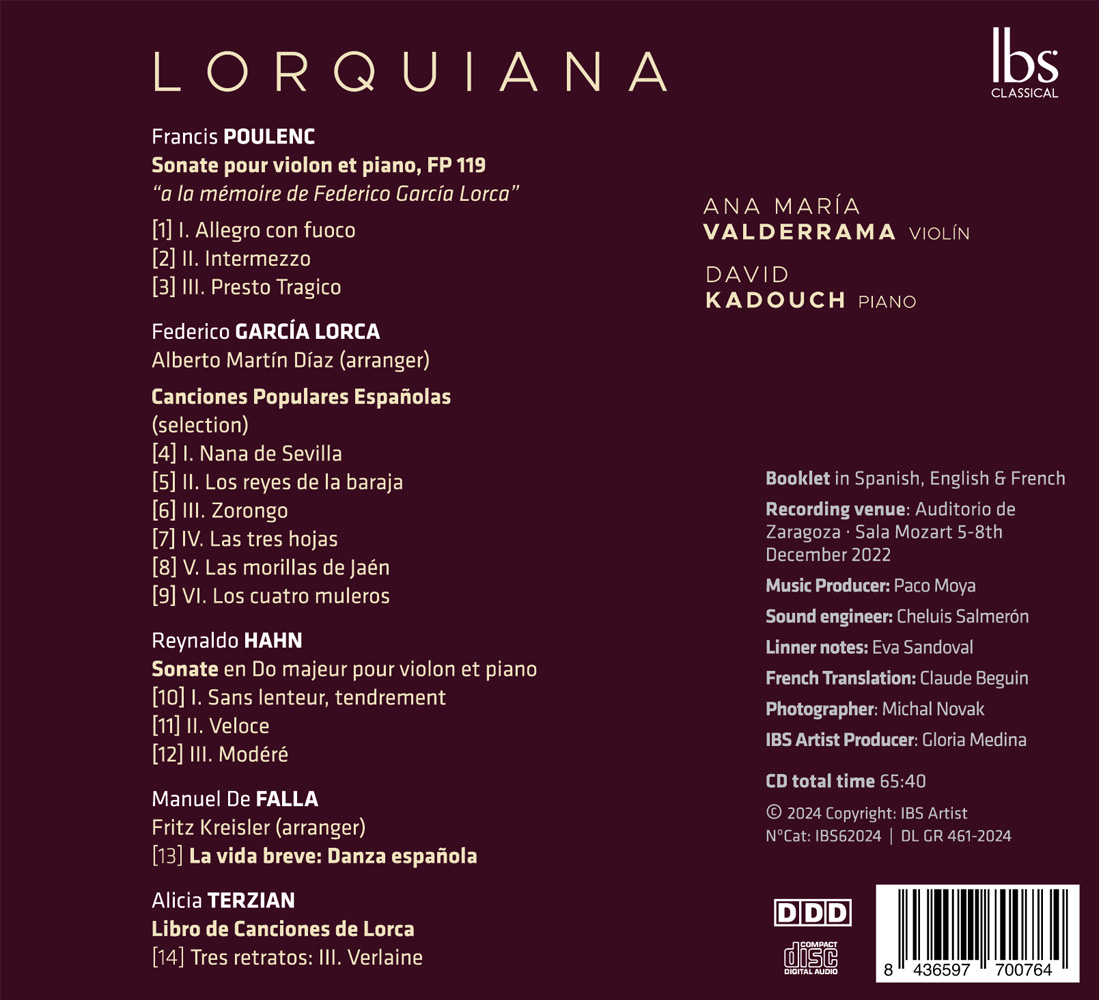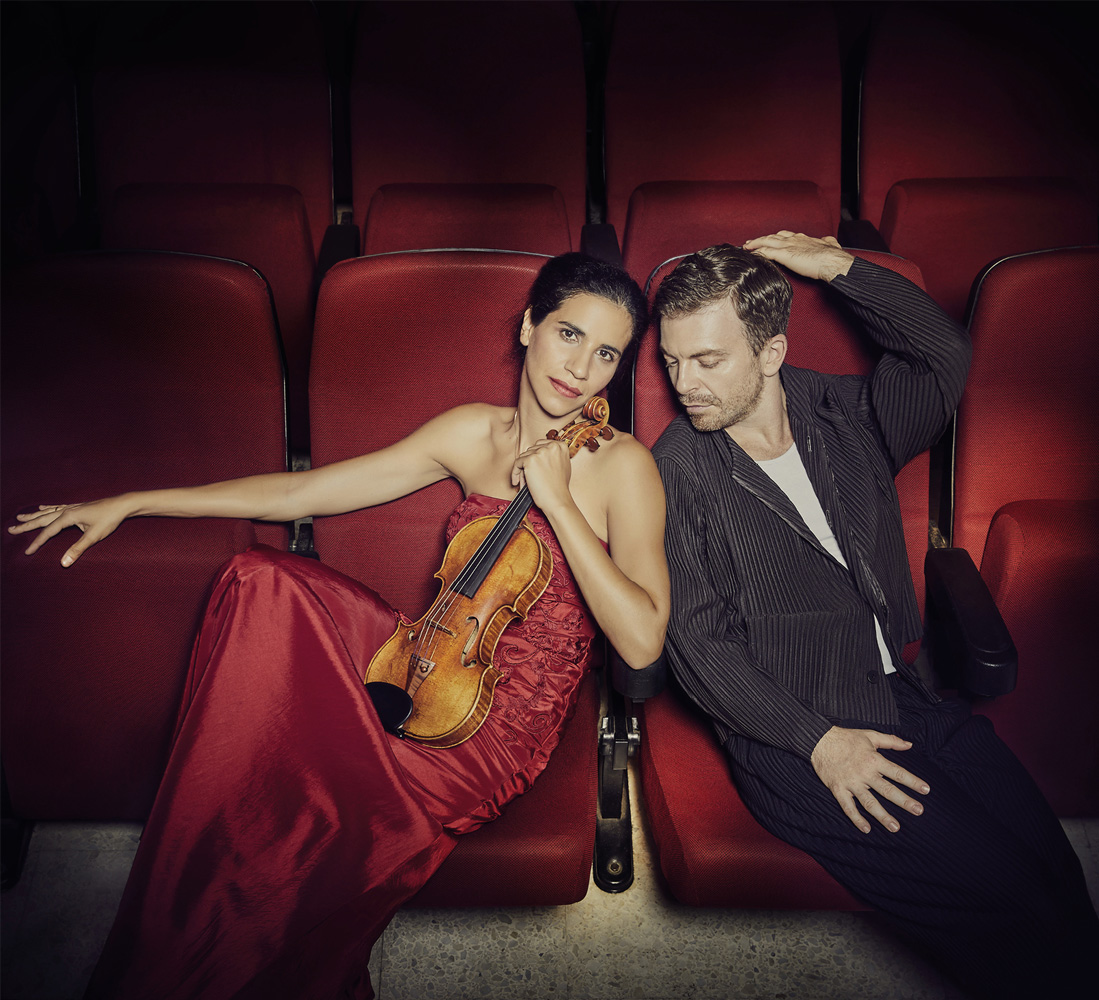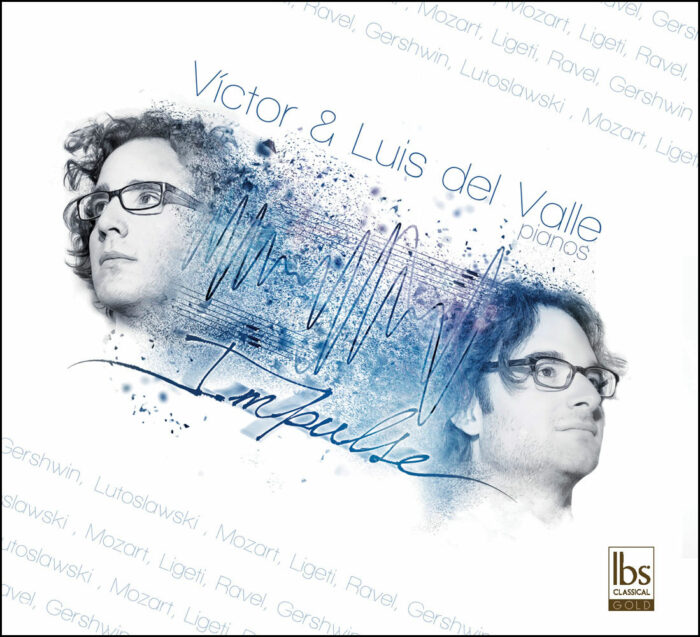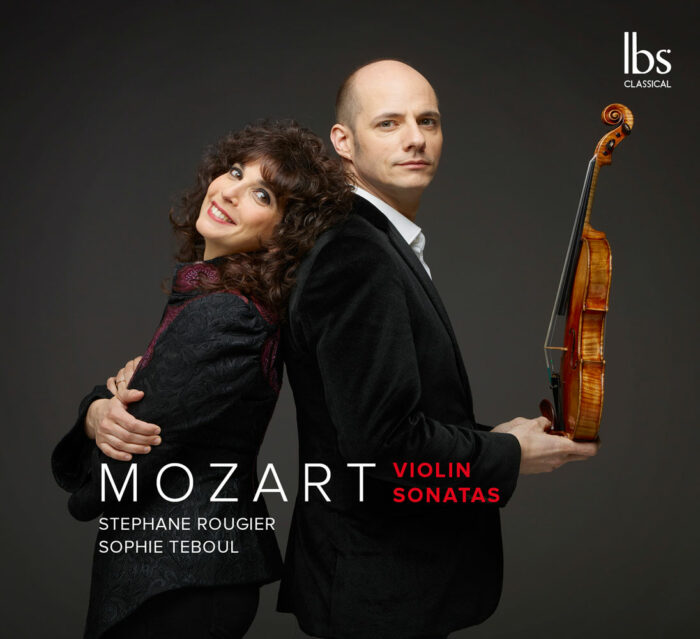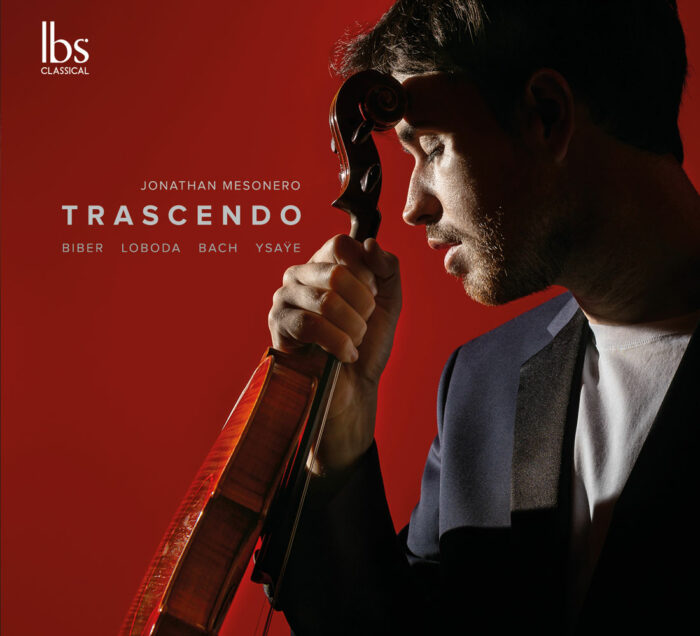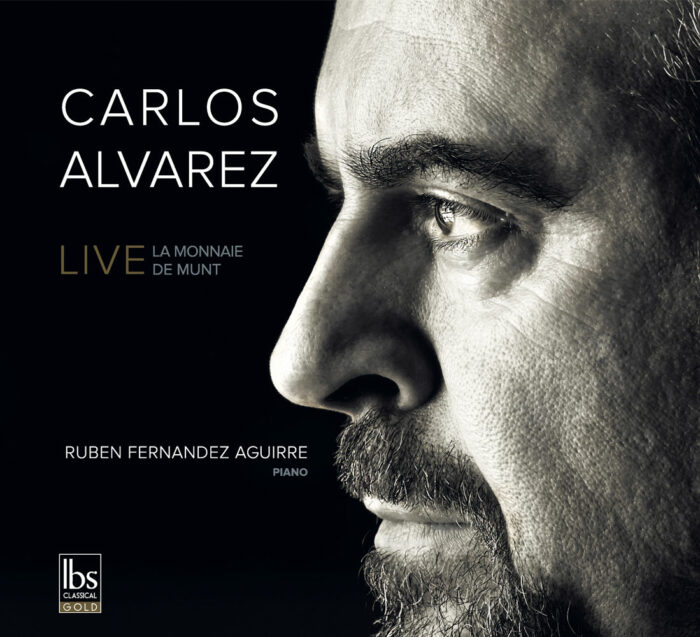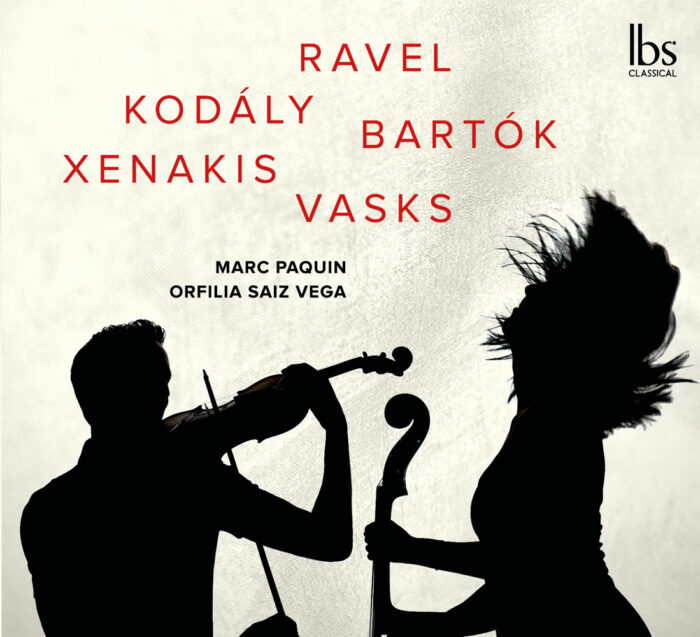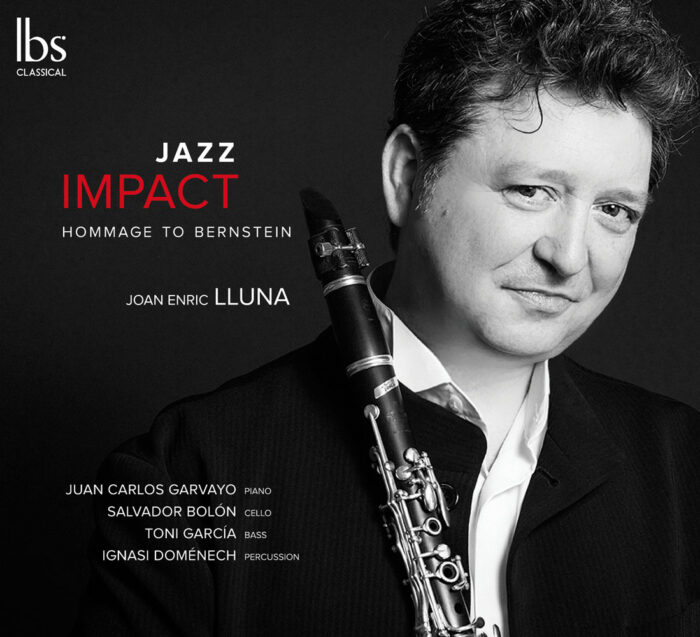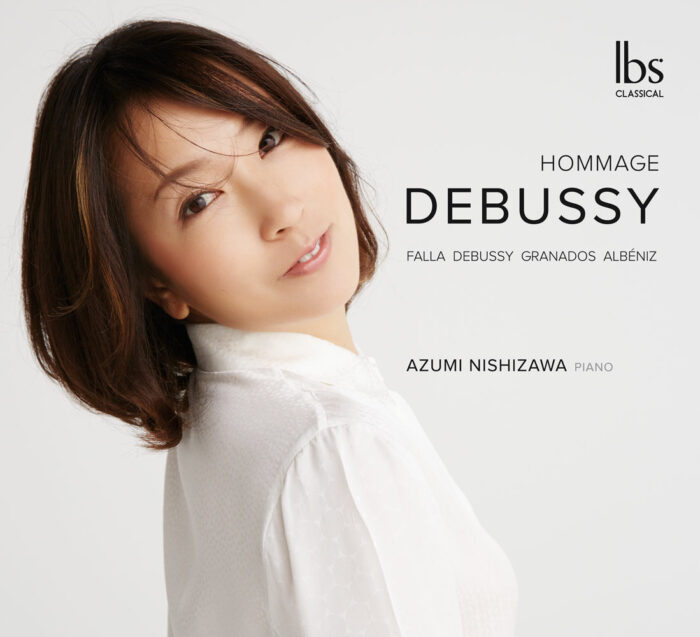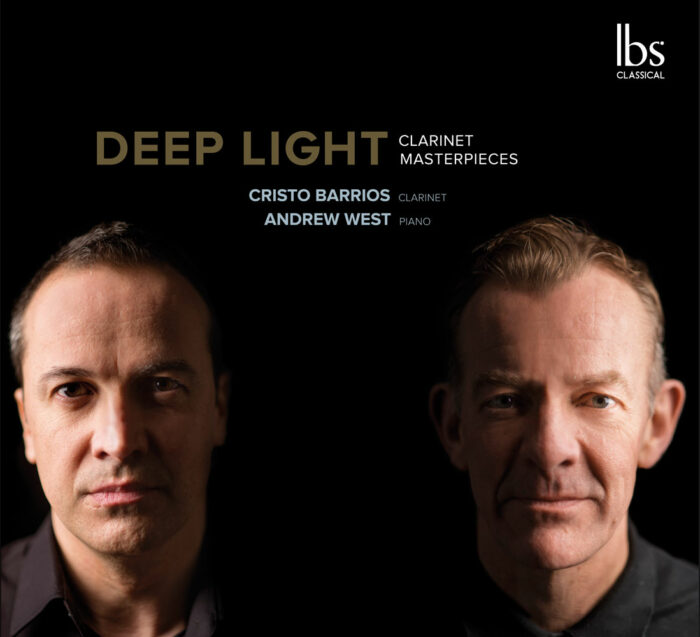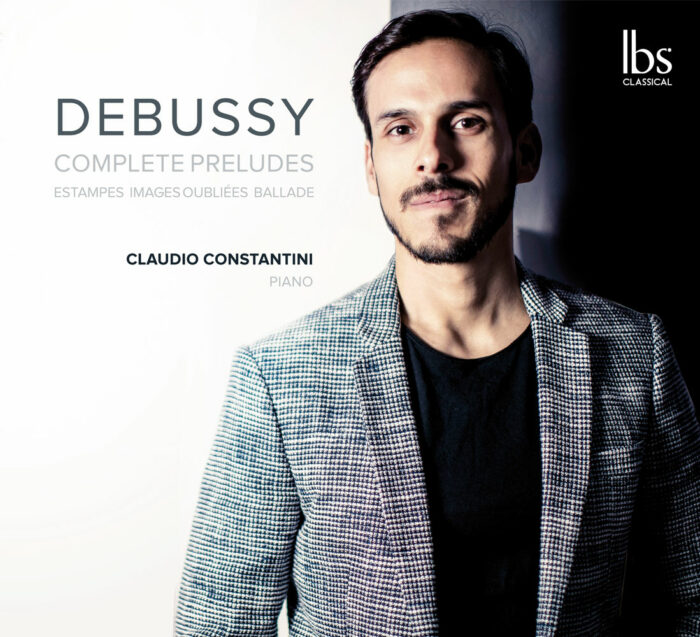Lorquiana
14,95€
In this album, Lorquiana, Ana María Valderrama, violin, and David Kadouch, piano, project Lorca’s musical personality into the future by compiling different scores linked in one way or another to the Andalusian artist. Poulenc’s sonata illustrates the positive welcome of the political and social significance of Lorca’s figure in France, where it became a symbol of freedom and resistance. Hahn’s work, on the other hand, takes us to those happy and ephemeral Twenties of the last century that Lorca also enjoyed. Alizia Terzian’s song shows the powerful influence that the poet has had in the Hispanic American context. The famous La vida breve passage is a nod to the veneration Lorca professed towards Falla. And, of course, we listen to Lorca’s own creations in a rich selection of Spanish popular songs, iconic testimonies of his compositional activity that are revisited in an exceptional arrangement by Alberto Martín for violin and piano.
14,95€
Lorquiana
“With words, human things are said; with music, that which no one knows or can define, but which exists in everyone to a greater or lesser extent, is expressed. Music is art by nature. It could be said that it is the eternal field of ideas… To be able to speak of it, one needs great spiritual preparation, and above all, to be intimately united with its secrets.”
Federico García Lorca: “Digression. The Rules of Music” (Diario de Burgos, 1916)
The first text published by Federico García Lorca (1898-1936) contains one of the most beautiful definitions of music ever written, which is the best proof that the Granada poet and playwright had a strong natural inclination towards the art of sounds. At the time, in 1916, Lorca was 18 years old, but from his childhood music had been very present in his life, especially due to his mother Vicenta. In fact, during his youth he was considered a musician rather than a writer. At the age of 10, he began studying the piano, and as a teenager he regularly performed in public. He wanted to continue his musical training in Paris, but around 1917, the literary vocation became prevalent. At the Madrid Residencia de Estudiantes, he maintained a fruitful relationship with the so-called Group of Eight, which included the Halffter brothers, Bacarisse, Mantecón, Remacha, Bautista, Pittaluga, and García Ascot. During that time, he encountered Spanish music from past eras that aroused his interest and curiosity. Finally, in 1919, he met Falla in Granada. From then on, their encounters were numerous, although, unfortunately, they never collaborated in the creation of a piece.
“Above all, I am a musician,” Lorca stated in an interview with Pablo Suero in 1933. And indeed, in addition to being a writer, he was a piano and guitar player, singer, researcher, composer, music lover, and musical director. He conducted fieldwork on his various trips through Granada and other regions of Spain or America, defended the authenticity of flamenco singing and folk music, and used multiple songs and instruments in the theatrical productions of La Barraca. In addition, the rhythm, internal accentuation, and musicality of Lorca’s writing, as well as the constant references to musicians, instruments, forms, genres, and musical indications in his texts, only confirm what the poet and critic José Moreno Villa expressed so aptly: “Federico was a musical soul by birth, by root, by millenary inheritance. He carried it in his blood like Juan Breva, Chacón, or the great Argentinita. It seemed that music flowed from him, that everything was music in his person. Here lay his power, his fascinating secret.”
In this album, Lorquiana, Ana María Valderrama, violin, and David Kadouch, piano, project Lorca’s musical personality into the future by compiling different scores linked in one way or another to the Andalusian artist. Poulenc’s sonata illustrates the positive welcome of the political and social significance of Lorca’s figure in France, where it became a symbol of freedom and resistance. Hahn’s work, on the other hand, takes us to those happy and ephemeral Twenties of the last century that Lorca also enjoyed. Alizia Terzian’s song shows the powerful influence that the poet has had in the Hispanic American context. The famous La vida breve passage is a nod to the veneration Lorca professed towards Falla. And, of course, we listen to Lorca’s own creations in a rich selection of Spanish popular songs, iconic testimonies of his compositional activity that are revisited in an exceptional arrangement by Alberto Martín for violin and piano.
Ana María Valderrama
Since her debut as a soloist with conductor Zubin Mehta at the celebration’s concert of the 70th birthday of Her Majesty the Queen of Spain, Ana Maria Valderrama has established herself as one of the most acclaimed Spanish violinist of the time.
Winner of the 1st prize and Special Audience Prize in the XI International Violin Competition Pablo Sarasate 2011, Ana María has become the first spanish violinist in the history to win this prestigious award. Ana María Valderrama has won other important competitions, such as “Lisbon International Violin Competition” (Portugal), “Primer Palau” (Barcelona), “Novosibirsk International Violin Competition” (Rusia), etc.
Ana María has developed an intense concert career performing in countries such as England, Germany, France, Italy, Portugal, Greece, Spain, Estonia, Russia, Jordan, Tunisia, Mexico, Colombia, Panama or USA.
She is regularly invited to perform as a soloist with the main Spanish orchestras, as well as with prestigious international orchestras. Her recent and future performances include collaborations with orchestras like Orquesta Nacional de España, L’Orquestra Simfònica de Barcelona i Nacional de Catalunya, Orquesta Sinfónica de RTVE, St. Petersbourg’s Academic Symphony Orchestra, Niederbayerischen Philharmonie, Sinfónica de Medellín and Yomiuri Nippon Symphony Orchestra (Tokio), among others, with conductors like Zubin Mehta, Manuel Hernández Silva, Michal Nesterowicz, Tadaaki Otaka, Yarom Traub, Salvador Brotons, Pablo González or Jesús López Cobos.
A dedicated chamber musician, Ana María has studied with Prof. E. Feltz and R. Schmidt and she has played in festivals such as “Open Chamber Music” (Prussia Cove), Festival Internacional de Santander, Festival Internacional de Segovia, “Yellow Barn” (USA), Festival de Música Española de Cádiz, or Festival Internacional de Música de Úbeda or Tardes de España Festival (St. Petersbourg) among others, performing in the major halls of Spain, such as the National Auditorium in Madrid, Palacio de Festivales of Cantabria, the Auditorium of Barcelona, Zaragoza and Valencia, or the“Palau de la Musica Catalana”.
Ana Maria Valderrama studied with professors Zakhar Bron and Yuri Volguin at the “Escuela Superior de Música Reina Sofía”, where her Majesty the Queen honored Ana Maria with the distinction as “Most Outstanding Student in the Violin section” in the years 2005 and 2007. She completed her Master studies at the Hochschule für Musik «Hanns Eisler» in Berlin with professor Antje Weithaas. Afterwards, she was awarded with the maximum distinction in the Master Instrumentalsolist at the UDK of Berlin, where she studied with Nora Chastain.
She has also attended lectures given by A. Chumachenco, G. Schulz, M. Fuks, M. Zweig, F. Andrievsky, W. Levin, R. Gothoni, R. Barshai, I. Ozim, M. Pressler, S. Isserlis and L. Kavakos.
Ana María’s discography, which has received excellent reviews and awards, includes “À Mon Ami Sarasate”, an homage to the Spanish composer and virtuoso Pablo Sarasate recorded with pianist Luis del Valle; “Brahms and Franck”, recorded with pianist Víctor del Valle; and two albums with Naxos Records, one with the OSCyL Orchestra conducted by J. López Cobos and with guitarist R. Aguirre, and the other with the OBC Orchestra conducted by D. Ang.
Since 2013 she is a violin professor at the Real Conservatorio Superior de Música de Madrid.
David Kadouch
David Kadouch is a French pianist and chamber musician. His international career began early when, at age 13, he was in concert with Itzhak Perlman in New York. A finalist in several competitions, he was named Young Artist of the Year at the International Classical Music Awards (ICMA) in 2011. He has performed and recorded with a focus on chamber music and contemporary music.
Life and career Born in Nice, Kadouch began his piano training at the Conservatoire de Nice and continued studies at the age of 14 with Jacques Rouvier at the Conservatoire de Paris. He then moved to the Reina Sofía School of Music in Madrid, where he studied piano with Dmitri Bashkirov and chamber music with Márta Gulyás and Ralf Gothóni. He has also attended master classes with Daniel Barenboim, Murray Perahia, Maria João Pires, Maurizio Pollini, Stephen Kovacevich, and Eliso Virsaladze.
At the age of 13, Kadouch won the Young Talents Competition in Milan and was subsequently invited by Itzhak Perlman to give a joint concert in New York. In 2005 he came third at the Telekom Beethoven Competition as well as at the Kissinger Klavierolymp in 2007. He came fourth at the Leeds International Piano Competition in 2009. Kadouch was Young Artist of the Year at the Victoires de la musique classique in 2010. That year, he played a solo recital at Metropolitan Hall in New York City. He was named Young Artist of the Year at the International Classical Music Awards (ICMA) in 2011.
His repertoire includes not only the usual classical and romantic piano works from Bach to Beethoven and Mendelssohn to Saint-Saëns, but also less frequently performed music, for example Arvo Pärt’s Lamentate, Guillaume Connesson’s piano concerto The Shining One, and Sergei Taneyev’s Prelude and Fuge, Op. 29.
Kadouch has played at international music festivals such as the Klavier-Festival Ruhr, the Jerusalem Festival, Sommets Musicaux de Gstaad, Verbier Festival, Colmar Festival, Festival de La Roque-d’Anthéron, and at La Folle Journée Nantes. He has worked with conductors Gábor Takács-Nagy, Jean-Claude Casadesus, Charles Dutoit, and Chung Myung-whun. His chamber music partners include for example the Quatuor Ébène, the Modigliani Quartet, Edgar Moreau, Renaud Capuçon, and Gautier Capuçon.
